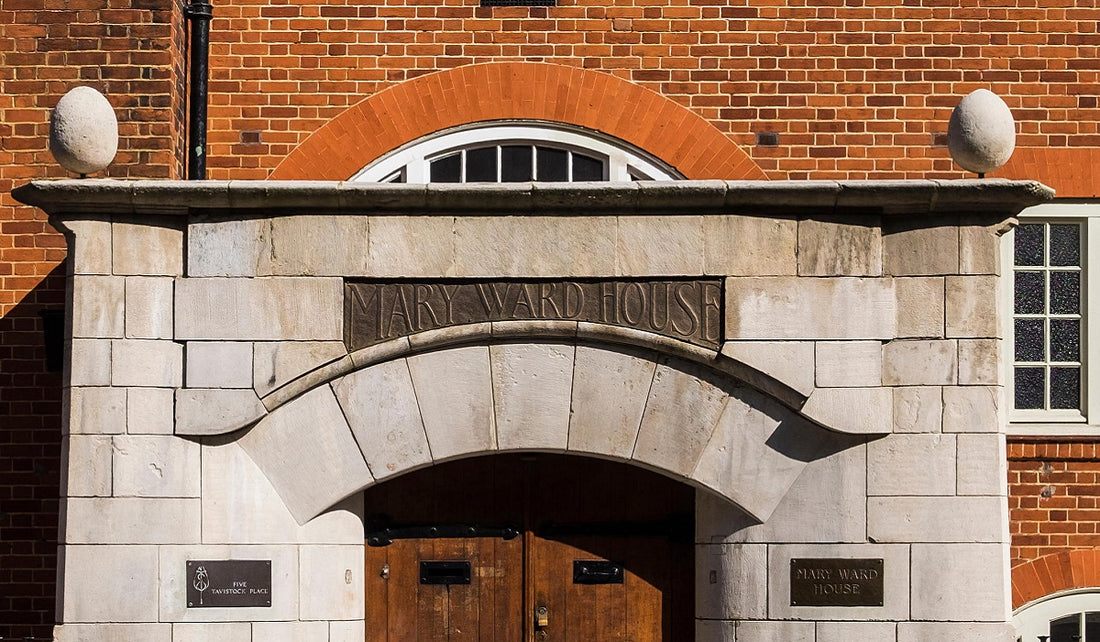
Mary Ward House

All images courtesy of www.marywardhouse.com
In September 2020, the Selvedge World Fair will launch its first event, a festival celebrating global textiles. We will host a group of the world’s master artisans, who will present their work and tell their stories over three days in London. We have chosen Mary Ward House as the venue for the Fair, it is one of the greatest surviving examples of the Victorian Era’s Arts and Crafts School of Architecture. The artisans will be staying at Connaught Hall, also in Bloomsbury, part of the SOAS University of London campus.
Originally Mary Ward House was a ‘settlement house’. The settlement movement, which found a figurehead in Mary Ward, was a reformist movement which sought to alleviate poverty by getting the rich and poor to live more closely with each other, breaking down the physical and educational boundaries between classes in order to proliferate the fruits of privilege among those not blessed enough to be born to them.
Born into a family of influential writers, educators, and thinkers in Hobart, Australia on June 11th, 1851, Mary Ward enjoyed from birth the blooming intellectual environment which she would one day work tirelessly to extend to the unschooled working classes of the United Kingdom. The family’s move back to England in 1856 would bring her to a country where the societal strains of mass industrialisation had created an overworked, undereducated, and unvalued lower class. It was the campaign against such injustices which would go on to define Mary’s life.
In order to build the House, Mary used her considerable powers of persuasion to arrange for both a donation of land from the Duke of Bedford and a £14,000 bequest from the noted philanthropist John Passmore Edwards. The House was designed by architects Dunbar Smith and Cecil Brewer, who lived in the settlement themselves. The Arts and Crafts style which they adopted advocated traditional craftsmanship and simple forms, eschewing common mechanised production methods. The plain brick façade and stone entrance way were accented with fine stone detailing, segmental arches, and stone eggs were displayed to symbolise creation and rebirth.
The House continued to be used for social work during the 1930s and 1940s, with more and more attention being paid to the provision of adult education and training. A legal advice centre was subsequently opened during the 1940s to provide both legal assistance and financial advice to low income individuals.

Tickets for the World Fair will be available early in 2020. To apply to exhibit or volunteer, and to keep up with the latest updates, visit Selvedge World Fair.
For more information about Mary Ward House, visit www.marywardhouse.com


